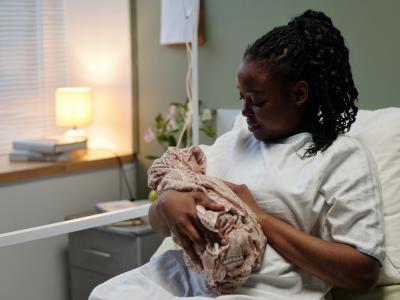A new study from Boston University School of Public Health researchers shows 90% of corpses in a Zambian morgue were positive for COVID-19 during peak transmission, but only 10% of the individuals tested positive while alive. The study, published in BMJ Open, found that the overall postmortem positivity rate was 32%.
The study was conducted at a busy inner-city morgue in Lusaka. It involved 1,118 decedents among three waves of the pandemic, involving Alpha, Beta, and Delta variants, which peaked in July 2020, January 2021, and June 2021, respectively.
Overall, COVID-19 was detected among 32.0% (358/1,116) of the bodies. Antemortem (before-death) testing occurred for 52.6% (302/574) of facility deaths, but only 1.8% (10/544) of community deaths and overall, only approximately 10% of COVID-19 positive deaths were identified in life, the authors found. During peak transmission periods, COVID-19 was detected in approximately 90% of all deaths.
The authors of the study said the stark contrast is because antemortem testing was rarely done for those who died in the community. Antemortem testing occurred for 52.6% (302/574) of facility deaths, but only 1.8% (10/544) of community deaths, the authors said.
The study may help explain the relatively low COVID-19 death rates reported in Africa compared to the rest of the world: Africa has reported more than 12 million COVID-19 cases and 260,000 deaths, compared to the United States, which has reported 100 million cases and 1.08 million deaths.
"We tend to think of this just in terms of poor health and a high incidence of infectious diseases, but it also reflects the ability of poorer countries to map the impact of such diseases on its populations," said Christopher Gill, PhD, lead author of the study, in a press release. "Rather than an 'African paradox,' the far simpler explanation is that COVID-19 has affected African countries just as the virus has everywhere else, but has gone undocumented."










